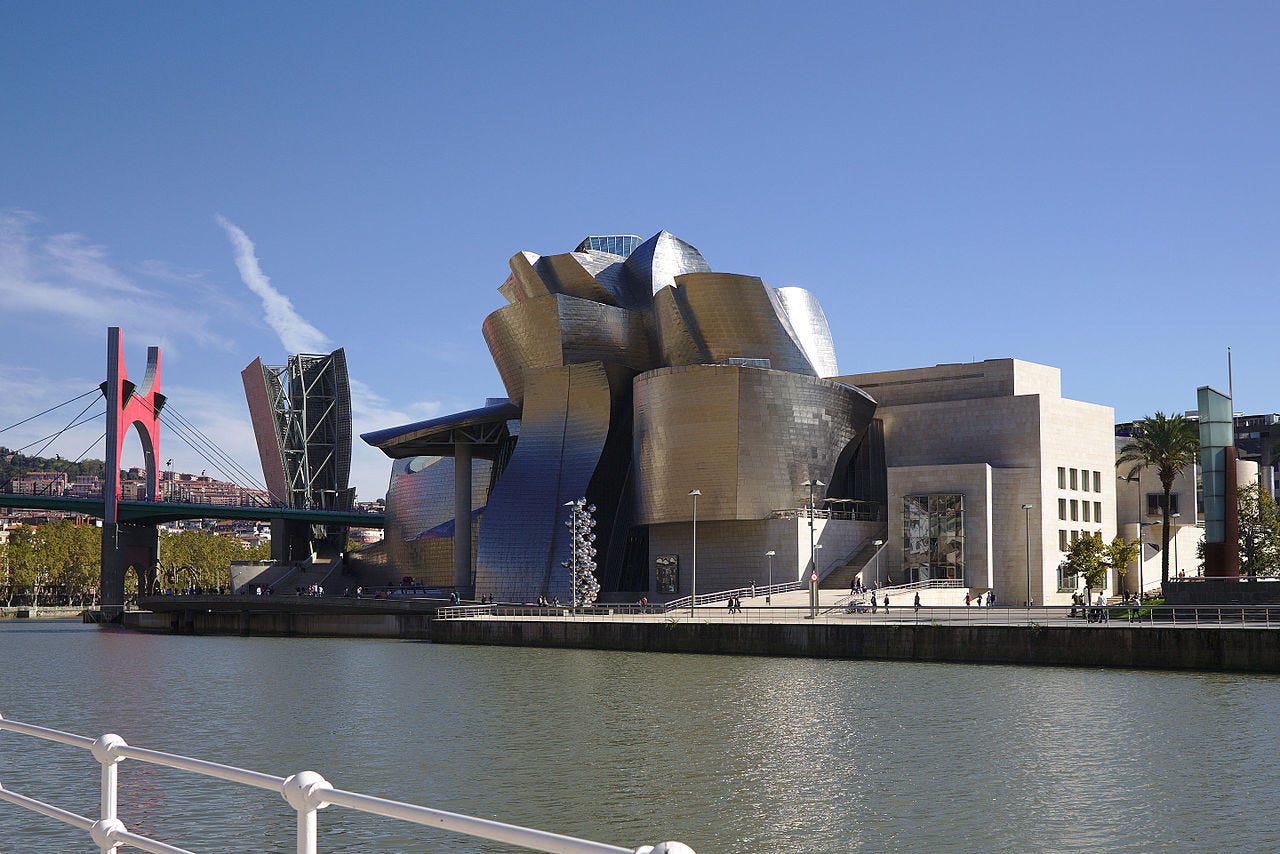The Final Disintegration and Renewal of Hope: Postmodernism's Ironic Self-destruction and Poetry’s Rebirth
By Adam Sedia
As the thousand different isms of our age fall from their pedestals and countless illusions shatter before our eyes, we can take heart in knowing that timeless poetry, art and literature are in the midst of a great renewal. Join us on this journey as Adam Sedia takes us through the story of Postmodernism’s ironic self-destruction, which has surprisingly cleared the path for a rebirth of timeless art and culture today.
I. Introduction
“Postmodern” – what follows Modernism – is a multifaceted term. Postmodernist philosopher Jean-François Lyotard (1924-1998) defined it as “incredulity towards meta narratives.”[1] In the realm of philosophy, Postmodernism deconstructs narratives and language itself. But it is also an artistic term, describing a movement that rose to prominence in the 1980’s that blends past styles in a critical or ironic way. It is most readily visible in the colorful, gaudily eclectic architecture of Michael Graves, Philip Johnson, and Frank Gehry and in the interior desi…
Keep reading with a 7-day free trial
Subscribe to The Chained Muse to keep reading this post and get 7 days of free access to the full post archives.




